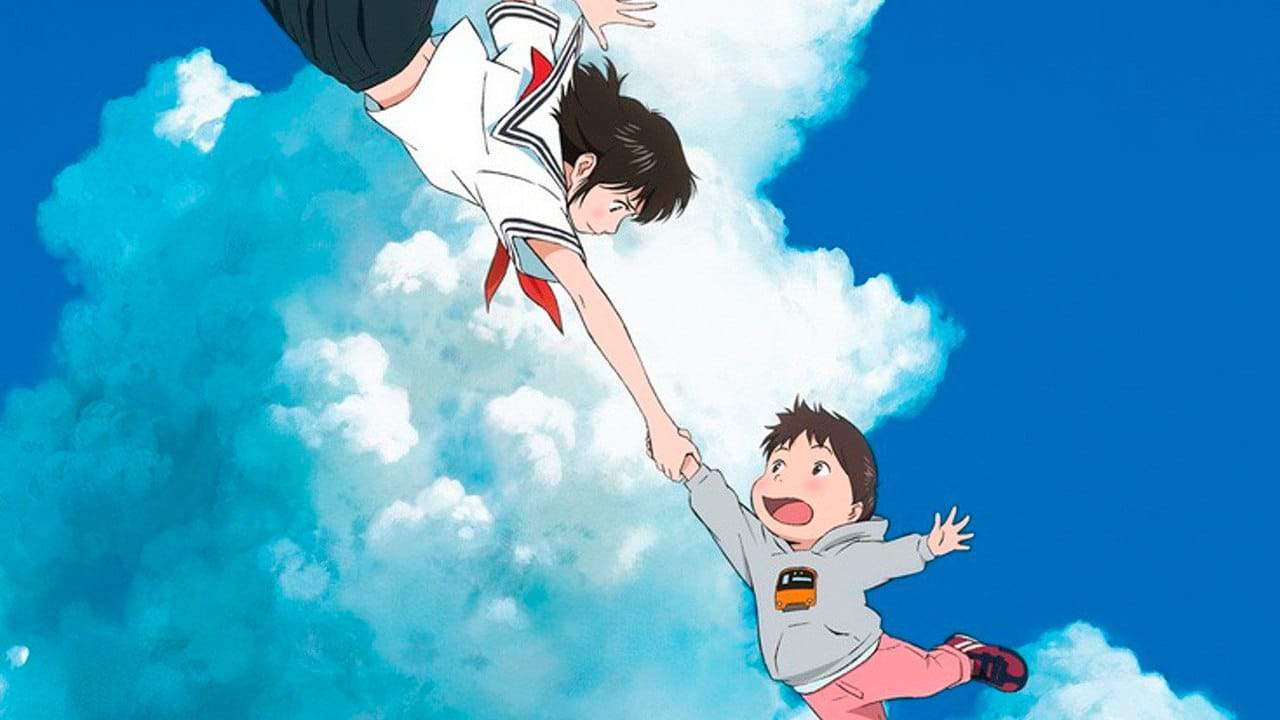When I write the words “critically acclaimed Japanese animation director,” who comes to mind?
Ok, that was an intentional trick question to get you to think of Hayao Miyazaki, co-founder of Studio Ghibli and favorite director of freshly initiated anime fans worldwide. The guy I’m thinking of, though, is named Mamoru Hosoda, and he’s currently one of the biggest stars in feature anime production, having directed masterpieces like The Girl Who Leapt Through Time (2006), Summer Wars (2009), and The Boy and the Beast (2015).
Hosoda, like most prolific animators throughout the years, started out working for someone else. In his case, he worked for Toei and Madhouse before moving on to found Studio Chizu on the success of his first two directed features (The Girl Who Leapt Through Time and Summer Wars). He also has director credits on a Digimon movie and a One Piece movie, as well as episodes of both shows and the Samurai Champloo opening, showcasing his experience with traditional animation and more commercial storytelling. Perhaps a lesser known fact is that Hosoda was initially attached to direct Howl’s Moving Castle (2004), but Ghibli didn’t like any of the concepts he came up with.
It’s not hard to imagine why. Miyazaki’s style, and that of Studio Ghibli as a whole, is very “fairy tale.” Ghibli worlds are magical, in themes, imagery, or both, and it’s just a part of how things work. The film is more about an engaging and touching character story, with tertiary artsy themes. It’s beautiful work, and it’s not hard to see how Miyazaki has come to define a particular genre of “original, traditionally animated features from Japan.” This type of movie is the kind that most people who are only vaguely familiar with anime say they like. However, Miyazaki’s disdain for computer effects has prevented him from moving beyond a certain genre, and his preference for the Disney-esque Ruritanian aesthetic keeps his work safe but far from challenging.
Fewer, more dedicated fans will cite the name Satoshi Kon as another prolific feature animator. Kon is a big name with film scholars and nerdy film directors like Christopher Nolan and Darren “The Most Weeaboo Director” Aronofsky. His work focuses a lot on ideas of time and perception, and you may know him from films such as Paprika (2006) and Perfect Blue (1997), both of which contain shots that the above mentioned directors reference in Inception (2010), Requiem for a Dream (2000), and Black Swan (2010). His films are much more challenging as far as themes and story go, but also way more dark and adult. This isn’t your little brother’s anime.
Back to Hosoda. His films bear a similar beautiful imagery to Miyazaki’s, in both the animation craft and the art itself. The Girl Who Leapt Through Time is set in a classically Japanese suburb straight out of your favorite slice-of-life anime, and boasts the same bursting-with-life character animation as any Ghibli film. But Hosoda doesn’t share Miyazaki’s attitude towards computer technology, and this, combined with his own vision, allows him to craft interesting and intricate futuristic images. His next film, Summer Wars, featured a pre-Wreck-It Ralph 2 depiction of cyberspace in the form of its anime MMO world that everyone plays, OZ. The red-outlined characters of OZ hearken to Hosoda’s first time in the director’s chair, 2000’s Digimon: The Movie. The CGI parts, meanwhile, are the best integration of computer and traditional animation I’ve seen since Treasure Planet.
On a storytelling level, Hosoda’s worlds feel a little more grounded and realistic than Miyazaki’s, less steeped in the magic that’s just part of the fabric of these worlds. There are more urban landscapes; rural nostalgia is a little more modern, more about your town and your high school and less about a forgotten time period of beautiful grassy fields. Content-wise, Hosoda’s not afraid of going full genre in his presentation, either. While Miyazaki’s work goes for fairy-tale, with premises like “little witch coming of age story,” Hosoda made what’s basically a lighter version of Twilight with 2012’s Wolf Children. Like Kon, he also isn’t afraid of exploring more serious themes; Wolf Children is about single motherhood, but he injects life and love into all the little things to create a magical experience in a film. One of Wolf Children‘s most famous scenes is the playing-in-the-snow sequence, which, incidentally, is another scene that integrates computer and traditional animation seamlessly to beautiful effect.
Streaming television and online services have provided more outlets than ever for animation, and in these times new artists will often look to the best in the field for inspiration. Miyazaki and Kon are wonderful inspirations, to be sure, but the growing field means there’s room for more than just two animation titans. Hosoda has more than proven himself worthy of that title. Studio Chizu’s next film, Mirai, releases in the US in November this year. That gives me two months to try and find a date to the premiere, right?

